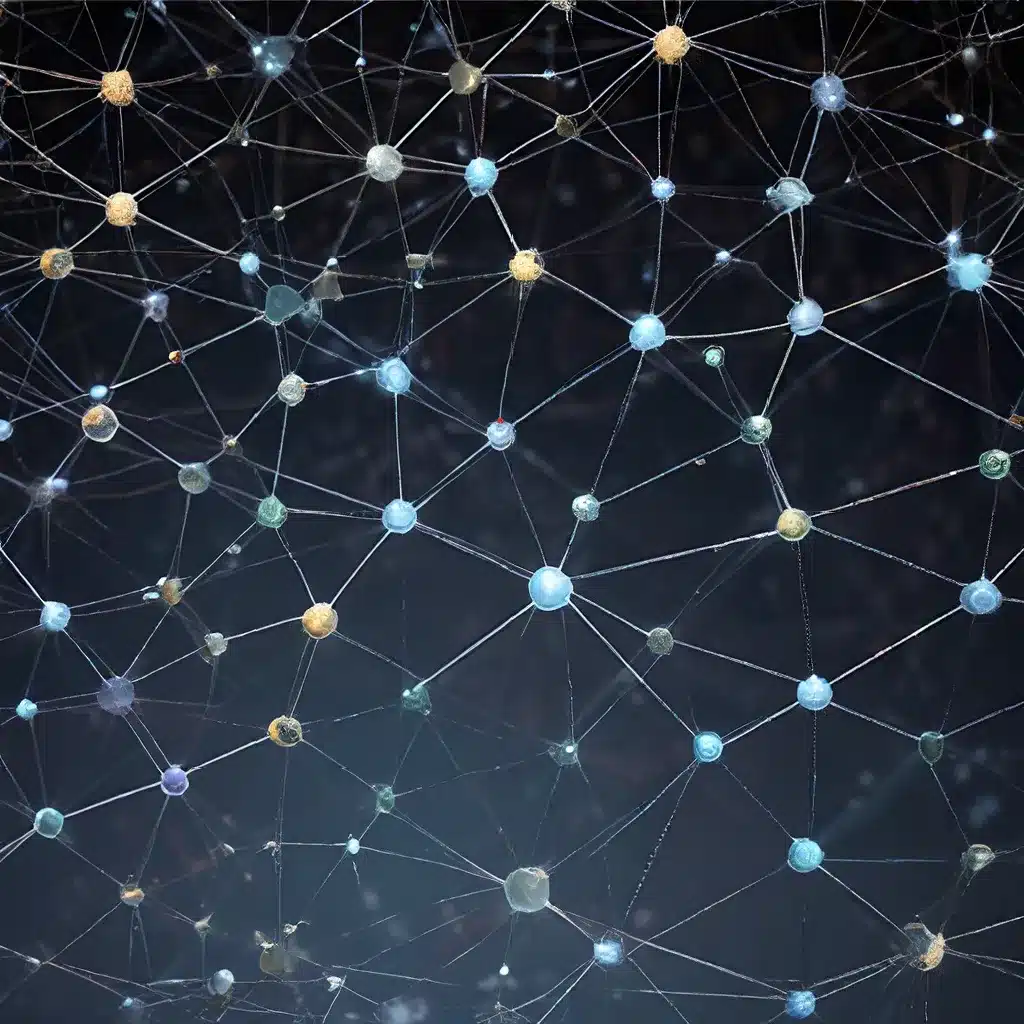
Navigating the Evolving Landscape of Sensor Networks and IoT
The rapid proliferation of sensor networks and the Internet of Things (IoT) has transformed the way we interact with and understand our physical environments. From smart homes and industrial automation to environmental monitoring and public safety, these technologies have opened up a world of possibilities. However, as the complexity and scale of these systems grow, the challenges of coordination, resilience, and scalability have become increasingly apparent.
In this article, we will explore the cutting-edge research and practical insights that are shaping the future of sensor network design and IoT applications. We’ll delve into the development of distributed algorithms that enable collaborative sensor networks to adapt, self-organize, and optimize their performance, even in the face of dynamic conditions and potential threats.
Distributed Algorithms: The Key to Collaborative Sensor Networks
At the heart of the most advanced sensor network and IoT solutions are distributed algorithms. These algorithms allow individual sensor nodes and IoT devices to make decisions and coordinate their actions without the need for a centralized control system. This decentralized approach offers several important benefits:
By leveraging these key benefits, researchers and developers are pushing the boundaries of what’s possible with sensor networks and IoT, enabling a new generation of smart, resilient, and adaptable systems.
Optimizing Sensor Placement and Coordination
One of the critical challenges in sensor network design is the optimal placement of sensor nodes to ensure comprehensive coverage, connectivity, and data quality. Distributed algorithms play a crucial role in addressing this challenge, allowing sensor nodes to dynamically adjust their positions and coordinate their activities.
These algorithms also enable multi-agent coordination, allowing sensor nodes to work together to perform tasks such as deep ground surveillance or wide-area surveillance, leveraging their collective capabilities to enhance situational awareness and decision-making.
Hierarchical episodic memory frameworks are another exciting development, where sensor nodes can store and learn from their past experiences, improving the efficiency of their coordination and decision-making processes over time.
Addressing Security Challenges in Sensor Networks and IoT
As sensor networks and IoT systems become increasingly ubiquitous, the security of these technologies has become a growing concern. Adversaries may attempt to disrupt, manipulate, or compromise these systems, potentially causing significant harm to their intended applications.
By incorporating secure communication protocols, robust authentication mechanisms, and anomaly detection techniques, sensor networks and IoT systems can be made more resilient to a wide range of security threats, ensuring the integrity and confidentiality of the data they collect and the actions they perform.
Energy Management and Sustainable Sensor Networks
Energy efficiency is another crucial consideration in the design of sensor networks and IoT systems. Sensor nodes and IoT devices are often deployed in remote or inaccessible locations, making power management a critical challenge.
Additionally, distributed algorithms for energy management can optimize the allocation of resources, such as wireless communication bandwidth and computational power, ensuring that sensor nodes and IoT devices operate at the most energy-efficient levels without compromising their performance or responsiveness.
Enabling Seamless Human-Agent Teaming
As sensor networks and IoT systems become more sophisticated, the need for effective human-agent teaming has become increasingly important. Researchers are exploring ways to integrate knowledge representation and multi-source data fusion to enable situational understanding and decision support in contested environments.
By leveraging natural language processing and multimodal interaction, sensor networks and IoT systems can better communicate with human operators, enhancing their ability to adapt and respond to complex, rapidly changing situations.
The Future of Sensor Networks and IoT: Towards Autonomous and Resilient Systems
As the field of sensor networks and IoT continues to evolve, the role of distributed algorithms and collaborative sensor networks will become increasingly critical. By optimizing coordination, resilience, and scalability, these technologies are paving the way for a new generation of autonomous, self-organizing, and self-healing systems that can adapt to a wide range of challenges and opportunities.
The advancements in sensor network design and IoT applications will have far-reaching impacts on industries, communities, and individuals, transforming the way we interact with and understand our physical and digital environments. As we continue to push the boundaries of what’s possible, the future of sensor networks and IoT looks increasingly bright, promising a world of enhanced situational awareness, seamless human-machine collaboration, and sustainable, resilient infrastructure.